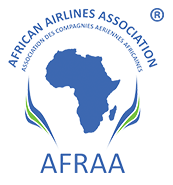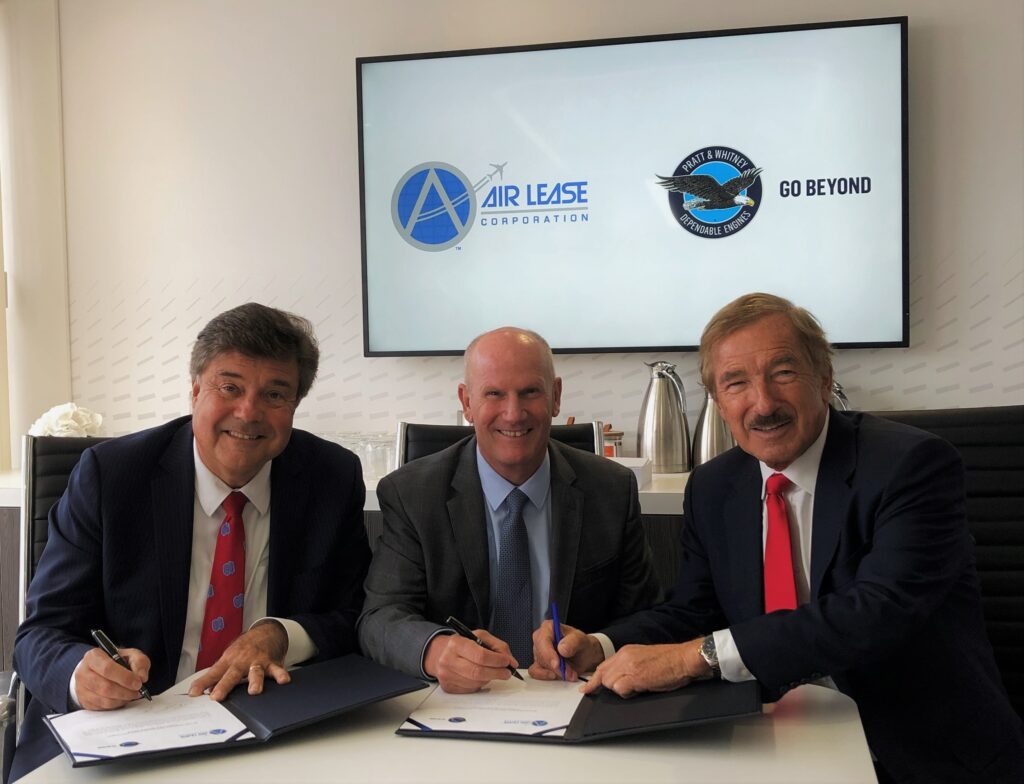Pratt & Whitney GTF™ Engines to Power 12 More Airbus A220 Aircraft for Delta Air Lines
Pratt & Whitney announced today that Delta Air Lines (“Delta”) has exercised purchase rights for another 12 GTF-powered A220-300 aircraft. This brings Delta’s order to date to 107 firm A220 aircraft, plus 38 purchase rights. Delta operates the largest A220 fleet in the world, having grown to more than 50 aircraft in about three and a half years since the airline’s first delivery.
“Delta’s growing A220 fleet reinforces Delta’s commitment to sustainability,” said Mahendra Nair, senior vice president of fleet and TechOps supply chain at Delta Air Lines. “Powered by Pratt & Whitney’s GTF engines, our A220-300 aircraft offer industry-leading fuel efficiency while still delivering superior performance.”
Pratt & Whitney GTF engines power three of Delta’s most modern, efficient and sustainable aircraft from Airbus: the 109-seat A220-100, the 130-seat A220-300 and the 194-seat A321neo. Delta selected the GTF-powered A220 in 2016 and GTF engines for its A321neo fleet in 2017. The airline entered service with the A220 in 2019 and with the A321neo on May 20, 2022. Pratt & Whitney currently powers more than 230 aircraft in Delta’s fleet, including Boeing 757 and 767 aircraft. In 2019, Delta TechOps joined the GTF MRO network, which supports operators of GTF-powered A220 and A320neo family aircraft around the world.
“Today Delta becomes the first airline to commit to more than 100 GTF-powered A220 aircraft,” said Rick Deurloo, president of Commercial Engines at Pratt & Whitney. “This order demonstrates Delta’s confidence in Airbus and Pratt & Whitney, and in the exceptional economic and sustainability benefits that the GTF-powered A220 continues to deliver.”
The Pratt & Whitney GTF engine is the only geared propulsion system delivering industry-leading sustainability benefits and dependable, world-class operating costs. It is the only engine that powers both modern single-aisle aircraft platforms from Airbus: the A220 and A320neo families. GTF-powered aircraft reduce fuel consumption and CO2 emissions by 16% to 20%, NOx emissions by 50% and noise footprint by 75%.* Certified for operation on 50% sustainable aviation fuel (SAF) and successfully tested on 100% SAF, the engines are capable of further reductions in carbon emissions, which will help the aviation industry meet its goal of net zero emissions by 2050. The engine’s revolutionary geared fan architecture is the foundation for more sustainable aviation technologies in the decades ahead, with advancements like the Pratt & Whitney GTF Advantage™ engine and beyond. Learn more at pwgtf.com.
*Reductions vs. prior-generation aircraft, based on 75 dB noise contour and ICAO CAEP/6 emissions regulations.
About Pratt & Whitney
Pratt & Whitney is a world leader in the design, manufacture and service of aircraft and helicopter engines, and auxiliary power units.


